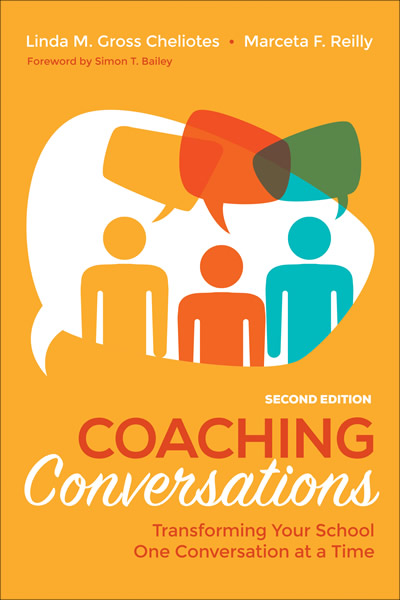 It’s human to want to feel competent. No one likes to be criticized, and we sometimes push back when we get feedback from a co-worker that suggests our performance leaves room for improvement.
It’s human to want to feel competent. No one likes to be criticized, and we sometimes push back when we get feedback from a co-worker that suggests our performance leaves room for improvement.
But the truth is, feedback is essential for individual growth and development. Without feedback, we really don’t know whether our own perception of our performance is accurate or whether we’re truly having the impact we desire.
If you focus only on content in delivering feedback, you may deliver a message that’s too unfiltered, laying it on the line in a critical or judgmental way. Yet if you focus only on the relationship your message may get blurred and not heard at all. So how do you give feedback that will both promote change and preserve the professional relationship?
I suggest giving reflective feedback. This approach works well for opening up difficult conversations and is an especially useful tool to give feedback after walk-arounds or informal observations.
The reflective feedback frame uses three steps:
- Offer a clarifying question or statement connected to your colleague’s practice. Clarifying questions and statements emerge from curiosity—something you are concerned about or want to know more about. They seek to make underlying assumptions explicit.
- State the value or potential value of the person you are talking with or the idea under consideration. With a value statement, affirm a specific strength you have observed and make your own opinions about the topic explicit.
- Pose a reflective question or possible action to stimulate thinking. Reflective questions engage the other person’s thinking and request a response. They help the other person think more deeply, creatively make new connections, and see other points of view.
These three steps open up a conversation for giving constructive feedback. And the beauty of it is that all three steps should take no longer than one minute to say! There is no long list of examples justifying your observations or presenting your ideas for change. The conversation is about engaging the other person in thinking about his or her practice and owning its effect on students.
This kind of feedback is specific and builds on people’s strengths. It changes the conversation from one in which the observer does all the talking (and thinking) to a dialogue. The person giving feedback speaks less than the person to whom the feedback is addressed.
To read some examples of how this feedback approach looks and sounds in real practice, go to my full article in the December issue of ASCD’s journal, Educational Leadership at http://bit.ly/1PO2uNH.









Comments on this entry are closed.